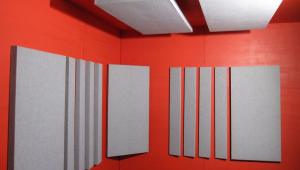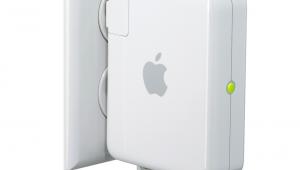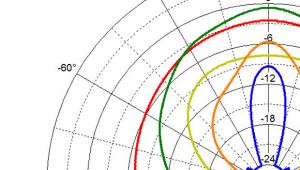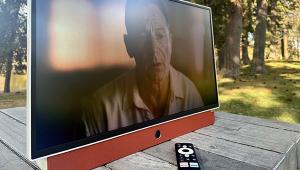That, and much more, is the promise of a home theater PC. But in this age of ultra-cheap everything, is the complexity of an HTPC worth it? Well, I'm about to find out. Again.
geometric patterns for cutting machines
Cute Baby Shapes for Cricut
3D arrow designs for cutting machines
Dragon cut files for Cricut
Doodle shapes for cutting machines
Food shape cutter machine
The Home Theater PC: A Source to End All Sources
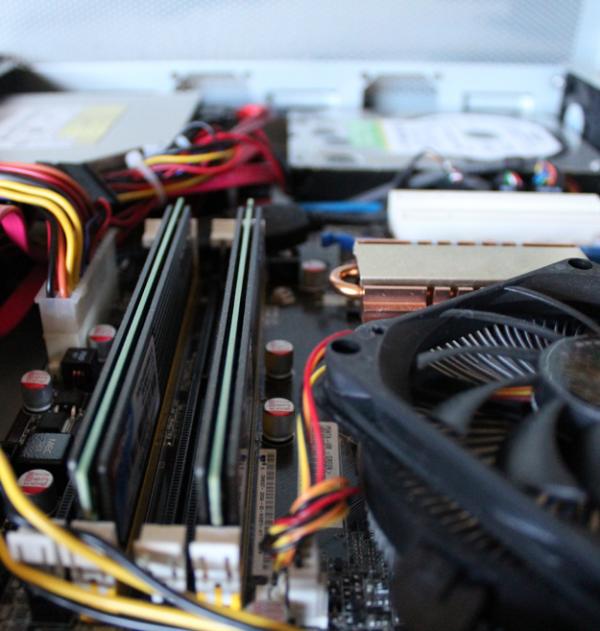
I'm writing this from my sofa. In my lap is a keyboard. MS Word is part of a 50-inch tall image that also includes Netflix playing an episode of Sports Night, and Steam downloading Portal 2.
That, and much more, is the promise of a home theater PC. But in this age of ultra-cheap everything, is the complexity of an HTPC worth it? Well, I'm about to find out. Again.
A computer as a source in an A/V system is nothing new. It has, perhaps, declined in popularity in recent years as Blu-ray players, digital media receivers, and other similar pieces of gear have decreased so significantly in price. There was a time when spending a few hundred dollars on a PC that replaced multiple pieces of gear made a lot of fiscal sense. Less so now.
But that's not to say these machines don't have their uses, and their vocal proponents. After a multi-year absence from my system, I decided to add one back in to see if it was worth it. In this, the first installment of a many month adventure, I go about dusting off a computer and getting it running in my current system.
Scavenging
I have a gaming computer I built a few years ago, and figured it would be a good start for an HTPC. It's got a horizontal case, a fast - though aging - video card (not shown in the image above), and even a Blu-ray drive.
If you're thinking about making the plunge into HTPCness, check the video card first. Most video cards from the past few years have DVI outputs. This is, in my opinion, a requirement for an HTPC. DVI is convertible to HDMI with either a simple DVI-to-HDMI adapter, or a cable with DVI on one end and HDMI on the other. Monoprice.com has both for a couple of dollars, or you can find them on Amazon for a few dollars more. In a rush to get my system up and running, I searched my local Fry's for an adapter. I found 5 ranging in price from $15 to $30 and ONE for $3.99. Trust me, they all work the same, so save your money.
The reason why I recommend HDMI/DVI over RGB-PC is threefold:
1) Most people's TVs don't have RGB-PC inputs, and even those that do aren't always 1,920x1,080.
2) RGB-PC is analog, and at these resolutions and distances (15 feet from card to display in my room), this can result in artifacts/blurriness in the image. When you're dealing with fine details such as text, this is problematic. I did an A/B test of RGB-PC and DVI-to-HDMI once I got everything set up, and the difference was significant. Text was WAY easier to read, and the image was far sharper with DVI/HDMI.
3) HDMI is easily switchable as part of an A/V system, allowing you to treat the PC as just another source.
If the computer you're thinking about only has RGB out, it's likely too old to upgrade simply to a card that has DVI/HDMI. In this case, you're better building or buying a new computer. That road isn't what this article is about, but if you're interested drop a comment below and I'll do an article on that.
- Log in or register to post comments


Ihram for Umrah - Discover our selection of Ihram for Umrah, crafted to provide comfort during your spiritual journey. At QudratUllah, we offer a range of options to suit your needs, ensuring a seamless and enjoyable Umrah experience.






